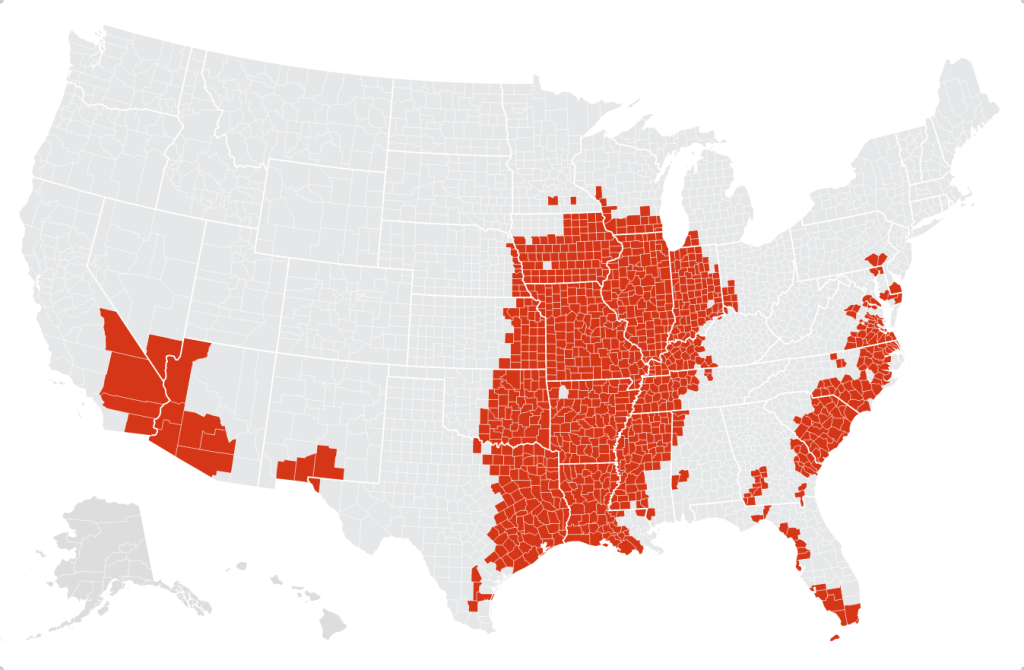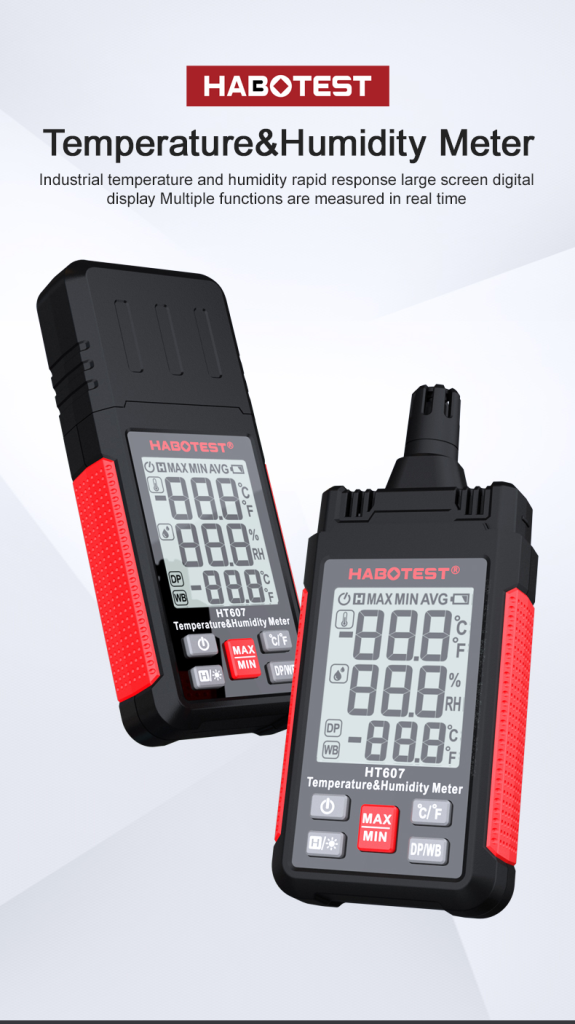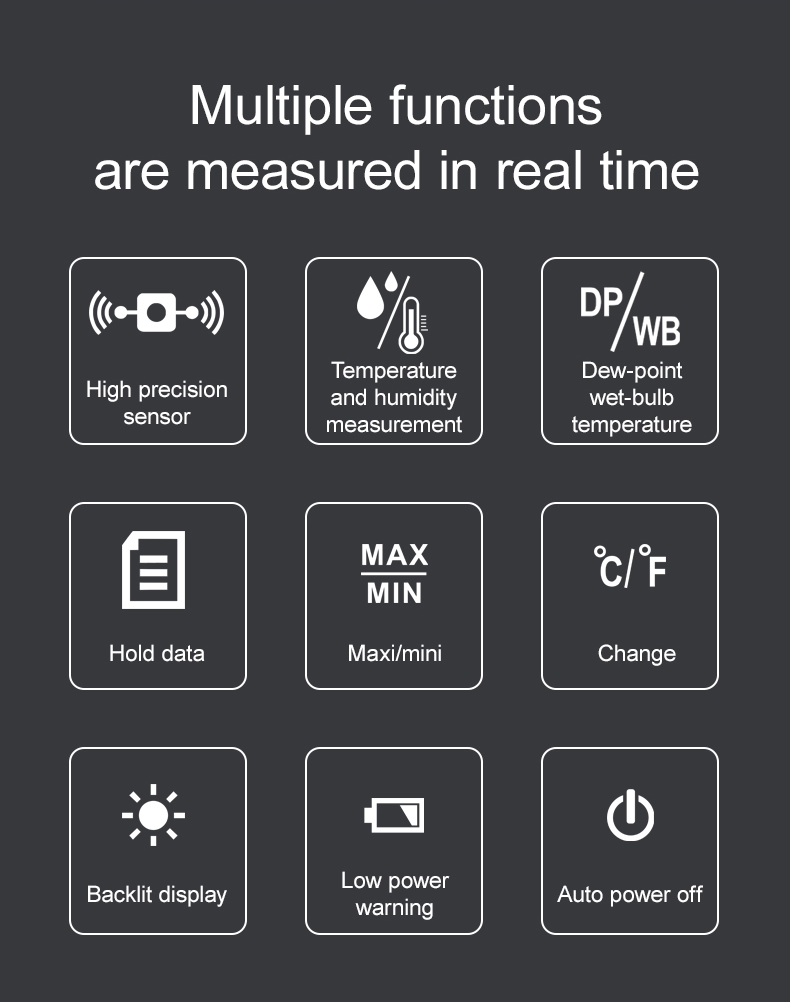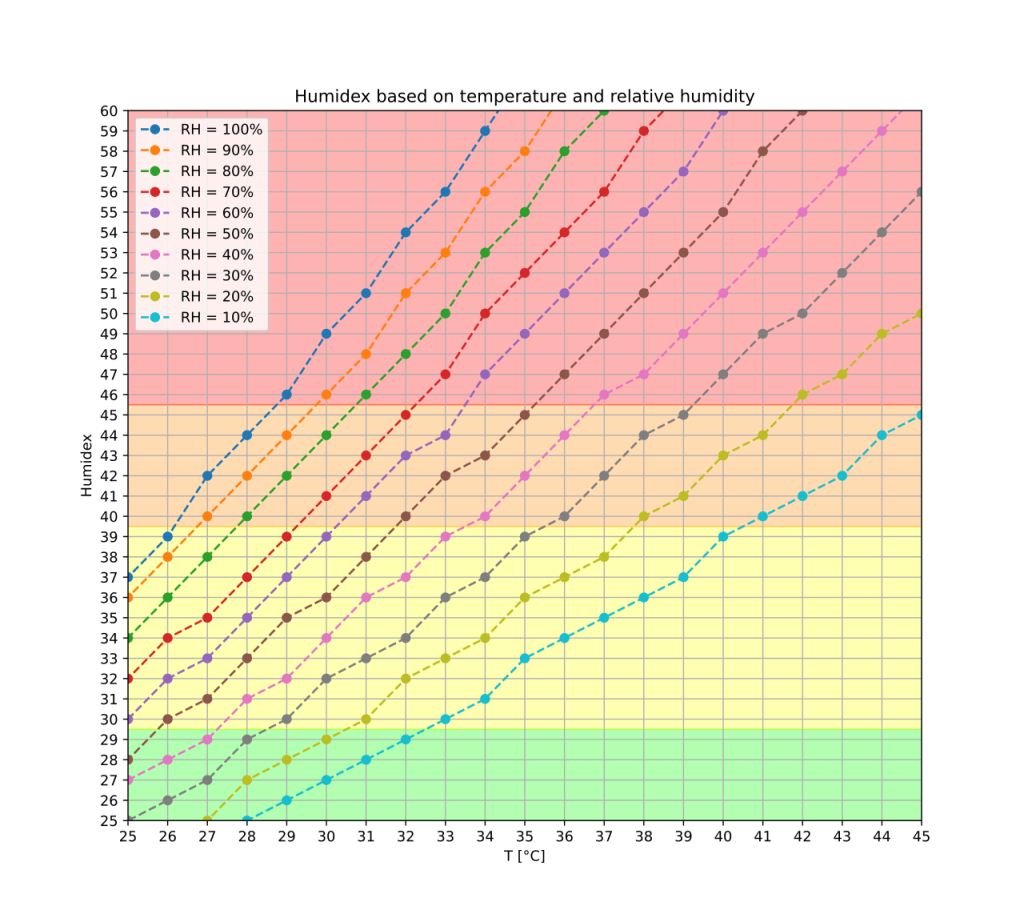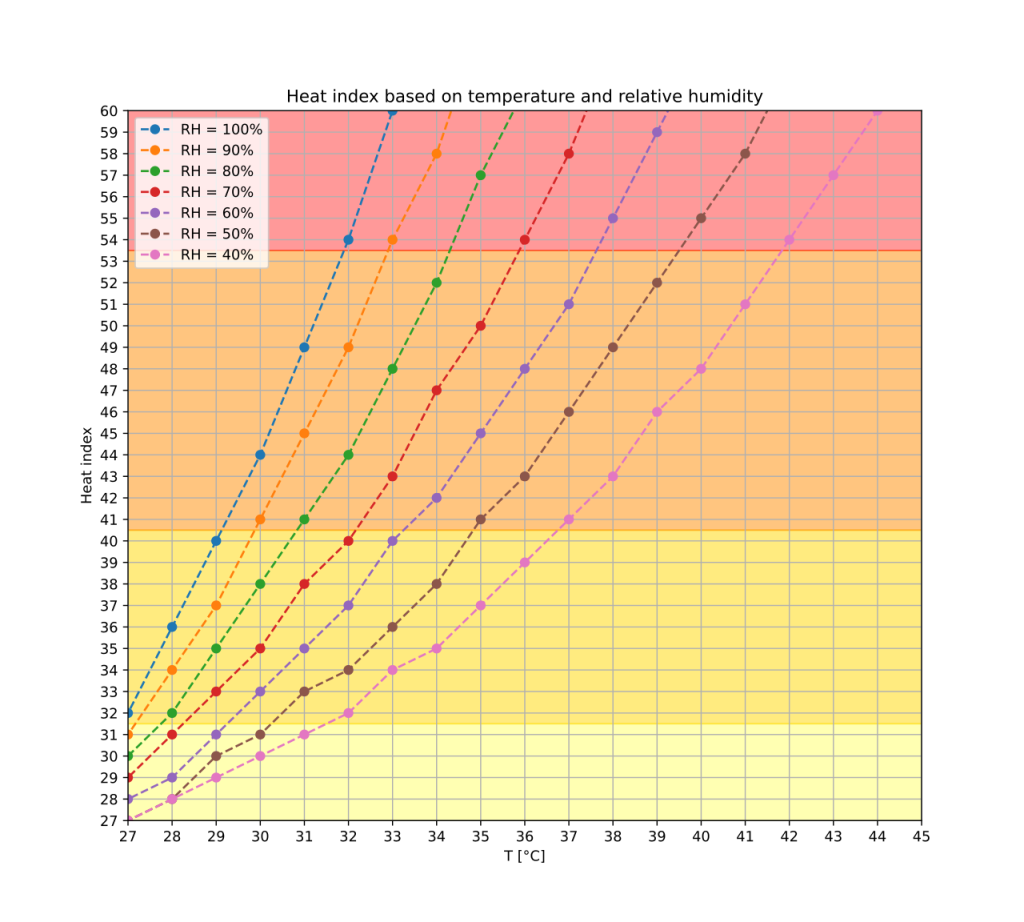
One hundred and thirty years before the publication of this weblog post, Elizebeth Friedman née Smith (1892–08-26 – 1980-10-31) was born. She was known in later life for her expertise in cryptanalysis.
Cryptanalysis, popularly called code breaking, is actually an important branch of computer science. All practitioners are expected to have some basic understanding of it, at both practical and conceptual levels. It is actually a broader topic than many realize. It involves the analysis of information systems to understand what lies hidden. As expected, Wikipedia has an article on the topic. People often describe some (often their own) cryptanalytic efforts as reverse engineering. Other people may actually think they know what this term implies, but it is vague, often deliberately used to cover up the specific techniques involved in ferreting out system information.
American Cryptanalysis begins at Riverside, Illinois, where a number of documents on the subject were published, some of which are available for download. This was mainly the work of one woman, Elizebeth Friedman (1892-1980), sometimes assisted by her husband, William (1891-1961), who was working at Riverside, starting in 1915, then went on to lead the research division of the Army’s Signal Intelligence Service (SIS) in the 1930s, and some follow-on services into the 1950s. William’s one major contribution was inventing the term cryptanalysis!
Unfortunately for the world, some scientific practices are shameful. It is not so much the individual facts that are either stumbled upon or ignored that constitute a major problem, but rather how some practitioners (typically male) take credit for work performed by others (typically female). In addition, large numbers of women have been actively discouraged in pursuing scientific careers, simply on the basis of their gender. In the twentieth century, when they were permitted to participate, they were shunted into inferior positions/ roles, and their activities were depreciated. Hopefully, in the twenty-first century, this will come to an end.
Elizebeth Friedman was the foremost cryptanalyst in USA, exceeding in ability, the talents of her husband. This is mentioned because, while they worked together, only William Friedman’s name appears on published documents, although many knew that they were sometimes written jointly, but often by Elizebeth alone. It is difficult (if not impossible) for me, a male, born more than half a century after her, to understand her situation, let alone her motivation for allowing her husband to receive full credit.
Yet, the most outrageous appropriation of her work did not involve her husband, but another American man who should have been regarded as Public Enemy #1, John Edgar Hoover (1895 – 1972). who took credit for much of Elizebeth’s cryptanalysis. As Wikipedia states, “Later in life and after his death, Hoover became a controversial figure as evidence of his secretive abuses of power began to surface. He was found to have exceeded the jurisdiction of the FBI, and to have used the FBI to harass political dissenters and activists, to amass secret files on political leaders, and to collect evidence using illegal methods. Hoover consequently amassed a great deal of power and was in a position to intimidate and threaten others, including multiple sitting presidents of the United States.”
Fake Science and its consequences
Originally, this post ended with the previous paragraph. Then, on 2022-07-22, some allegations emerged that part of a key 2006 study of Alzheimer’s disease may have been fabricated. Matthew Schrag (1971 – )found serious problems with underlying research led by Sylvain Lesné (1974 – ) on a specific protein. Science has now issued a statement about it. Images accompanying and supporting the research, seem to have been altered.
One problem with fake research is that it often results in fakers getting undeserved research grants. More importantly, real researchers get denied these grants, which can mean that medical breakthroughs get delayed. This can result in unnecessary suffering, or even premature death. The amount of money involved can reach hundreds of millions of dollars. The wrong papers get cited. In this particular case, one published in Nature, has been cited 2 300 times.
Schrag told Science, “You can cheat to get a paper. You can cheat to get a degree. You can cheat to get a grant. You can’t cheat to cure a disease.” This is the real essence of the problem. Fake research leads society down a cul-de-sac that leads nowhere.
Much of the world is already treating science with contempt. In particular, there are climate deniers, who use falsified science to justify their own claims. There are oil companies that have knowingly publicly denied the climatic impact of the carbon dioxide produced from the combustion of petroleum products, despite knowing about its consequences for about six decades. This is having a negative impact on billions of people, while some few others are provided an unwarranted life of luxury.
The world needs to prevent the publication of falsified reports, such as those by Lesné. Currently, the peer review system lacks a mechanism to prevent the publication of doubtful works. I remember my wife, Trish’s cousin, Terry Heaps (1941 – 2017), discussing a paper he had peer reviewed as a resource economist. He had rejected it, because it contained some bad data that produced incorrect conclusions. He had been alerted to this situation by an illustration. He notified the publication of this fact. The publication then notified the author. Despite this, the paper showed up in another publication, complete with the bad data and incorrect conclusions, but minus the illustration.
In addition to developing a system to prevent inappropriate works from being published, science needs to ensure that people who make valuable contributions, such as Elizebeth Friedman, are fully acknowledged.
Addendum
Once again, this post ended with the previous paragraph. Then, on 2022-08-21, X-ray evidence emerged that Wyndham Lewis (1882 – 1957) had deliberately destroyed Helen Saunder’s (1885 – 1963) missing artwork, Atlantic City (ca. 1915), by painting Praxitella (1921) on top of it. Students Rebecca Chipkin and Helen Kohn, used X-ray and other imaging technology to investigate Praxitella, because of its “uneven texture and glimpses of bright red through cracks in the surface paint.”
Vorticism was an artistic movement, heavily influenced by cubism and futurism, whose artworks typically used bold colours, harsh lines and sharp angles. It originated with the Rebel Art Centre, started in 1914 by Wyndham Lewis and Kate Lechmere (1887 – 1976), who financed it. Helen Saunders and Jessica Dismorr (1885 – 1939) were associated with the movement as practicing painters. The movement also had literary supporters that included Ford Madox Ford (1873 – 1939), Ezra Pound (1885 – 1972), T S Eliot (1888 – 1965) and Rebecca West (1892 – 1983).
The Courtauld Gallery is an art museum in central London, established in 1932. It houses the collection of the Courtauld Institute of Art, a self-governing college of the University of London, specializing in art history. Barnaby Wright, deputy head of the Courtauld Gallery and a 20th-century art specialist, is quoted several times in the Guardian article.
“Saunders was a really interesting figure, but she was largely overshadowed by her male contemporaries. She and Jessica Dismorr were the backbone of the group,”
“In the prewar years, [Saunders] was one of the most radical painters and draughtspeople around. There were only a handful of people in Europe producing that type of hard-edged abstract painting and drawing.”
Atlantic City depicts a fragmented modern metropolis, almost certainly in the vibrant colours associated with the Vorticists. A black and white image of the painting appeared in Blast, the avant garde Vorticist journal.
Starting on 2022-10-14, Courtauld Gallery will open Helen Saunders: Modernist Rebel, an exhibition of 18 of Saunders’ drawings and watercolours, tracing her artistic development. It will also show Praxitella, loaned from Leeds Art Gallery, alongside the X-ray and partial colour reconstruction of Atlantic City.
Finally, one has to ask why men deliberately destroy the work of women? From my perspective, social justice demands that the layers of paint constituting Praxitella must be removed, to allow Atlantic City to reemerge. Criminal actions cannot be allowed to triumph over legitimate actions.
Back to Elizebeth Friedman.
This post originally started at some forgotten point in 2020, It was based on one simple question. Why is Alan Turing (1912-1954) remembered as a cryptanalyst, but not Elizebeth Friedman? Of course, Elizebeth was not the first cryptanalyst. The first known recorded explanation of cryptanalysis was given over 1 100 years earlier by Al-Kindi (c. 801–873).
Other important women cryptanalysts include Aggie Mayer Driscoll (1889-1971) and Joan Clarke (1917-1996).


